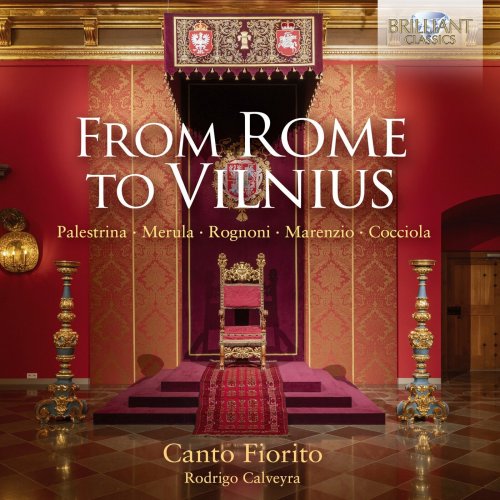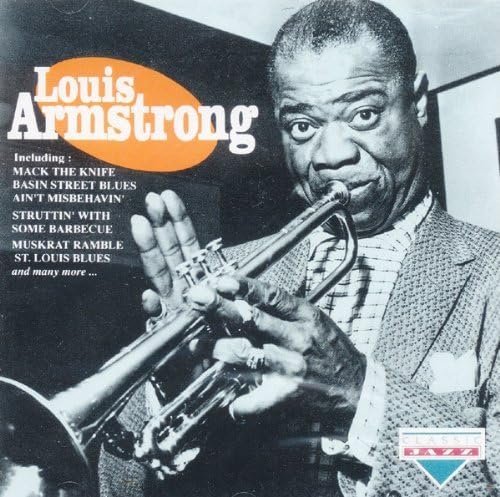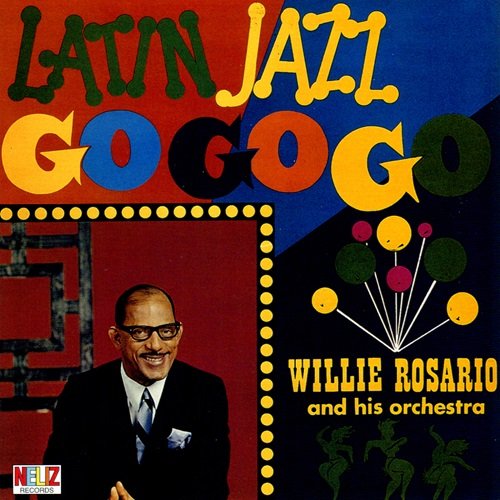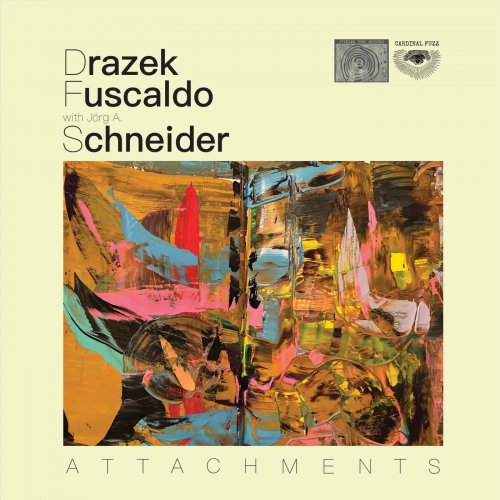Canto Fiorito, Rodrigo Calveyra - From Rome to Vilnius (2024)

Artist: Canto Fiorito, Rodrigo Calveyra
Title: From Rome to Vilnius
Year Of Release: 2024
Label: Brilliant Classics
Genre: Classical
Quality: flac lossless (tracks) +Booklet
Total Time: 00:50:44
Total Size: 827 mb
WebSite: Album Preview
TracklistTitle: From Rome to Vilnius
Year Of Release: 2024
Label: Brilliant Classics
Genre: Classical
Quality: flac lossless (tracks) +Booklet
Total Time: 00:50:44
Total Size: 827 mb
WebSite: Album Preview
01. O Magnum mysterium
02. Benedicta tu
03. Quam pulchrae sunt
04. Vestiva i colli
05. Magnificat a 8
06. Canzon diomedis
07. Beata es, Virgo Maria
08. O quam suavis
09. Capriccio cromatico del primo tono
10. Vobis datum est
11. Dulcis amor Jesu
12. La Lusignuola
13. Cantabant sancti
14. O, vere digna hóstia
15. Laetemur hodie
16. Canzone II
17. Chi prend'amor a gioco
18. Folle è ben che si crede
Rome to Vilnius is a new investigative insight into the cultural heritage of Lithuania: the music at he Vasa Court in the Polish-Lithuanian Commonwealth.
It reflects the influence of the greatest masters of the Roman polyphonic school in the musical world of Poland and Lithuania and shows the Vasa Court as a place of advanced music-making in 16th- and 17th-century Europe. At the end of the 16th century, during the time of the Polish-Lithuanian Commonwealth, Sigismund III Vasa was the King of Poland and Grand Duke of Lithuania. Each year he spent a few months in Vilnius, and it was reported that he always travelled with his musicians. Sigismund III, who was himself a musician and a lover of music, was not happy with the standard of the music in the Royal Chapel, and decided to invite Italian musicians to improve the musical life of his court.
Italy was the main influence in music in Europe at that time, not only because of the different styles that originated there (polyphony, poly-choral music, monody, opera, etc), but also because of the achievements of the composers who wrote in these styles.
We can distinguish clearly two main schools of music in Italy: the Venetian school, created by Adrian Willaert, with the new poly-choral style that was performed in the Basilica of San Marco; and the polyphonic Roman school of Giovanni Pierluigi da Palestrina, one of the most influential musicians of the 16th century, and one of the great masters of the art of polyphony of all time.
Sigismund III decided to hire the best musicians from Rome, and from 1595 to 1649 all the Kapellmeisters at the Vasa Court in Poland and Lithuania were Italians. Most of them were not only prominent members of the Roman school, but also former pupils of Palestrina.
The composers represented on this recording were among them, with the exception of Giovanni Battista Cocciola, who was kapellmeister at the Vilnius court under Lew Sapieha.
At the beginning of the 17th century, the Vilnius court was presided over by Lew Sapieha (Leonas Sapiega), Sigismund III Vasa’s crown chancellor (the highest official in the country after the King himself). Sapieha was an expert in music and was entrusted with the position of administrator of the Royal Chapel.
He had his own chapel attached to his residence in Vilnius. The ‘Sapieha’ album is a compilation of pieces with a sacral function. It does not mention the compiler or the composers but is a testimony to the vitality of the musical culture in Lithuania in the first half of the 17th century.








